

Game Rant’s Rob Keyes reviews Ghost Recon: Future Soldier
In the last half a decade the Tom Clancy brand of Ubisoft shooters has taken a back seat to the company’s flagship Assassin’s Creed series, but after more than five years, the world’s most elite special forces unit is finally back in Ghost Recon: Future Soldier.
After two years of delays, does Future Soldier and its depature from series norms successfully relaunch the Ghost Recon franchise and still offer the tactical shooter gameplay that fans of the series expect? Read on for our review.
Ghost Recon: Future Soldier moves the series even further into the near future than the Advanced Warfighter games did previously, again putting players in the shoes of four “Ghosts,” the special ops of special ops who do the missions nobody knows about and are equipped with the Army’s best tech. Travelling through enemy-occupied areas in Africa, Russia, the Artic and other international locations, the game’s locales bring more environmental variety than any other series installment. Players will experience sand storms, blizzards, rain and nifty lighting effects in day/night missions out in the wilderness and in detailed urban downtown areas – all having an effect on gameplay which heavily relies on the Ghosts remaining hidden.
The story behind Ghost Recon Future Soldier picks up right where the Ghost Recon Alpha live-action short film left off. A Russian group of ultra-nationalists have possession of a nuclear device and aim to seize control of Moscow. Much like the game’s visuals, Ubisoft brings improvements to the story and characters, pushing these elements to the forefront as a key focus of the game. While Future Soldier is the best in the franchise in this regard, its cinematic and character moments come off as lacking and dated at times, often looking as if its mimicking the original Call of Duty: Modern Warfare, but with less memorable characters – perhaps a result of its multiple delays. Still, the story is competent and works well to throw players into a series of well-designed missions that showcase what the Ghosts are all about and what they can really do.
The most significant changes come through gameplay as Ghost Recon: Future Soldier makes a move from tactical first-person shooter to third-person with more focus on action. Fortunately for Ubisoft and interested players, the change mostly pays off. As a game focused on stealth, strategy and cover mechanics, the change in perspective works perfectly for what the game aims to be, while at the same time giving players a wider field of view, a first-person perspective for precision shooting and more in-game cinematic elements. This is especially important in the use of gadgets – including the sleek active camo system which renders players partially invisible when they crouch and move slowly – and melee takedowns, another new and effective feature for the series.
With a greater emphasis on action, the game does sacrifice a few of the franchise’s core features in favor of mainstreaming the title. Gone are truly open-world environments where players can attack an objective in any way they choose and, instead, the game features mostly linear missions with plenty of segments where players must avoid being detected and are required to use many of the game’s new gadgets on command – as opposed to when the player decides. There are also mission moments which put players in on-rails shooter sequences and slow-motion breaches which feel out of place with the core values of the title – not to mention too similar to Call of Duty.
In the later missions, when Future Soldier eases up on the strict linearity and players begin mastering the tech, the campaign really shines and players will be able to overlook the nitpicks which include odd animations and friendly AI hiccups, to an inventory system which gives sidearms the equal weight of rifles, but provides players a sidearm anyway during aforementioned on-rails moments and cutscenes. Again, nothing that really detracts from the success of the experience.
For the most part, Future Soldier is one of the most polished and stylistic Ghost Recon titles to date and, like the last three installments, absolutely delivers on the co-op front. Not many shooter titles can do co-op quite like Ubisoft with Ghost Recon and Future Soldier delivers, building in even more features to keep team play dynamic. The sync shot system lets players tag enemies simply by pointing at them, or by scouting with a drone, which then show up in the Cross Com display and players can initiate the shoot order, slowing down time for everyone involved to perform their kill. Selecting targets and when to fire is one of the most fun and most rewarding gameplay aspects – and if players do it right, they can progress through a lot of the game like a true Ghost, entirely unseen.
The co-op features of Ghost Recon: Future Soldier extend beyond the campaign to ‘Guerrilla’ mode, the franchise’s take on the popular co-op survival mode – where players must hold their ground against increasingly difficult waves of enemies, while still using intel and tech to their advantage. Guerrilla offers a bit of a twist however, where after each set of waves, they must attack another position on the map and defend it. It’s a lot of fun and very intense, it supports 2-player splitscreen, but it highlights an issue also present in the campaign and each game in the series since Ghost Recon 2 (and its expansion Summit Strike) – there are basically no proper methods of taking down enemy vehicles. For some reason, the developers continue to not let the Ghosts wield anti-vehicle weapons and players will resort to spamming frag grenades or making sure to carry a grenade launcher in one of their two weapon slots. This is especially problematic when dealing with attack helicopters and the omission doesn’t lend itself well to the game’s tagline of ,”when you’re outnumbered… only the dead fight fair.”
For those with a competitive edge, looking for a shooter experience more challenging than Gears of War or more tactical than Call of Duty, Ghost Recon: Future Soldier ships with 12-player adversarial multiplayer, featuring four different game modes. Much like playing the campaign with human allies, multiplayer is far more challenging and punishing than other shooters. Its focus on objectives more than individual stats make team play crucial, so playing with experienced friends is the requirement for continued success – since matchmaking will often put players on a team that is, as a result, far less organized.
Like the campaign, competitive multiplayer supports the innovative GunSmith system, allowing players to fully customize their loadouts more than any other shooter franchise, using nearly 50 weapons and countless components to form millions of combinations. The GunSmith mode also allows Xbox 360 players with Kinect or PS3 players with Move to utilize motion controls and voice commands to cycle through parts and weapons, breaking apart or requesting (through voice) specific builds. It’s a neat tech demo but is entirely impractical during actual gameplay. During the campaign, weapons and components are unlocked by beating missions and accomplishing specific challenges, so upon first play through, the feature is largely underutilized and on the multiplayer side, it takes a lot of games before players start unlocking other weapons.
It is the co-op gameplay and challenges in the campaign and the unlock tree in multiplayer that help make Ghost Recon: Future Soldier immensely replayable. As a franchise aiming for broader appeal and balancing fun shooter elements with tactical co-op gameplay, Ghost Recon: Future Soldier offers a different experience than what veteran Ghost Recon players will be accustomed to – but it’s step in the right direction as a semi-relaunch of the franchise and, despite its flaws, it’s one of the best co-op and stealth shooters on the market, and certainly one of the most comprehensive.
Tom Clancy’s Ghost Recon: Future Soldier is now available for PS3 and Xbox 360. The PC version releases June 12.
–
Follow Rob on Twitter @rob_keyes.

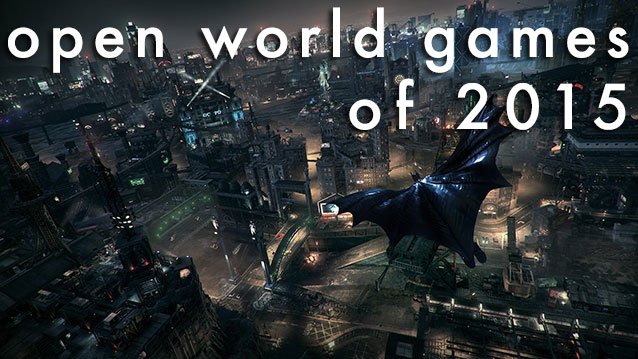
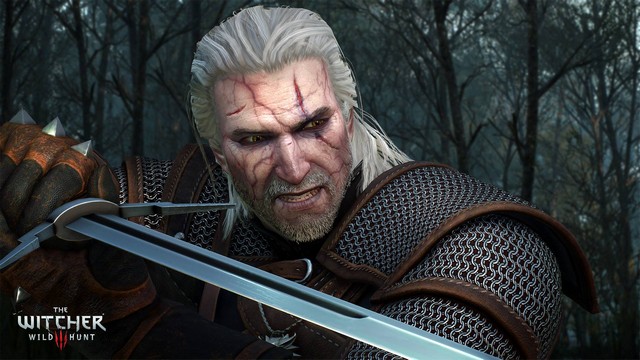

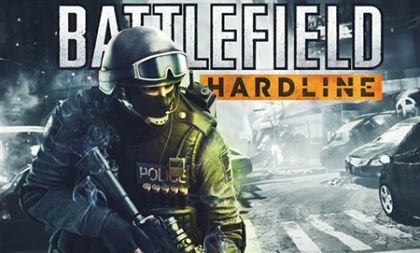 How to Enhance Battlefield: Hardline Beta PC Performance, Gameplay & Graphics Tweak Guide
How to Enhance Battlefield: Hardline Beta PC Performance, Gameplay & Graphics Tweak Guide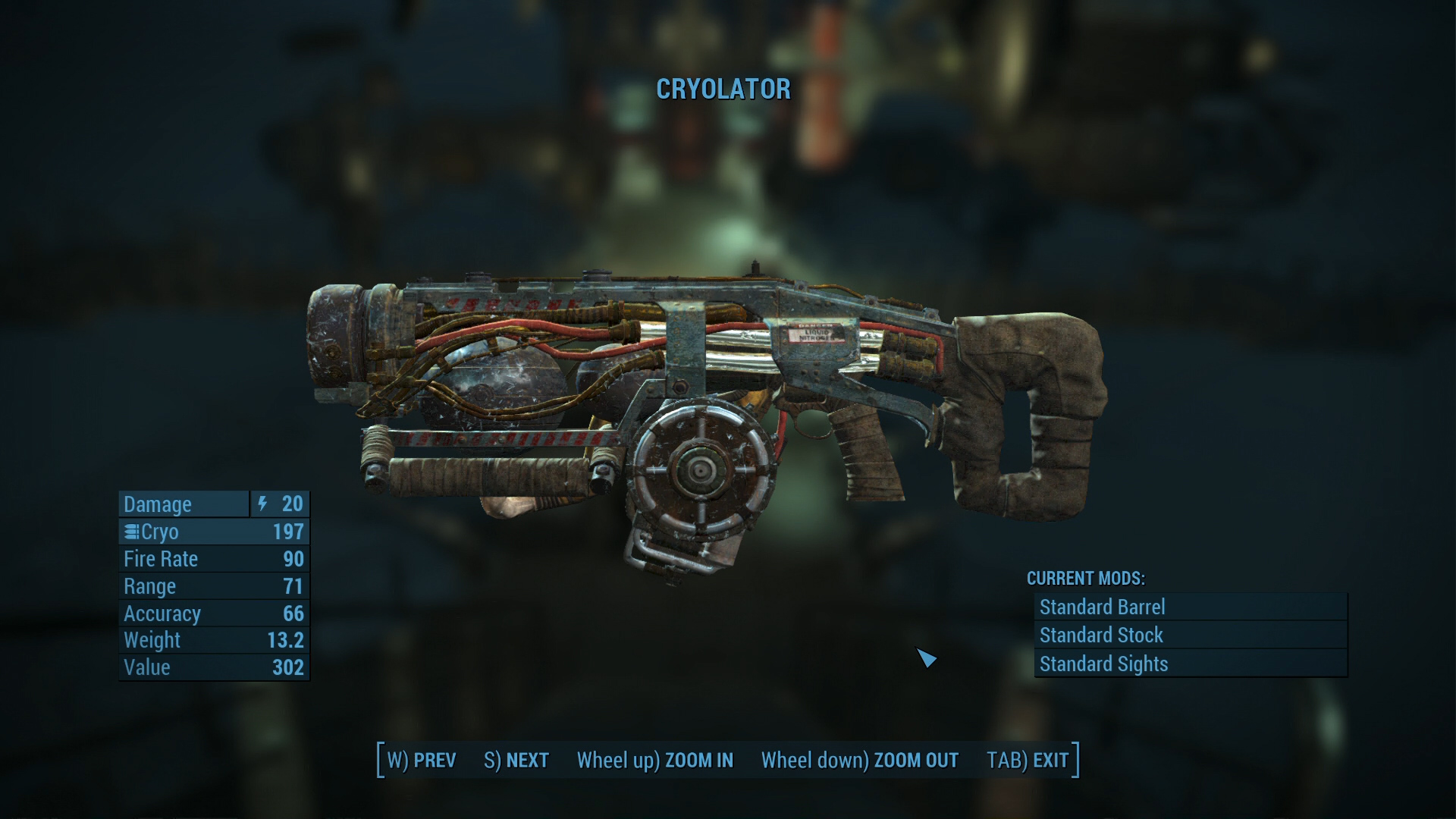 Fallout 4: How to Get the Cryolator the Easy Way
Fallout 4: How to Get the Cryolator the Easy Way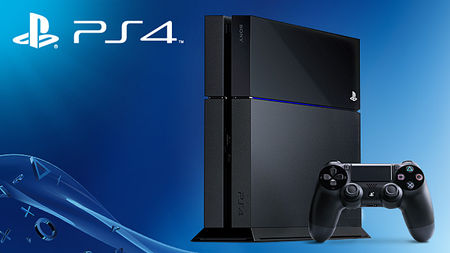 How to Turn Off or Turn On your PS4 System using Remote Play
How to Turn Off or Turn On your PS4 System using Remote Play How to get Middle Earth: Shadow of Mordor A New Master Trophy, Achievement for PlayStation, Xbox and PC
How to get Middle Earth: Shadow of Mordor A New Master Trophy, Achievement for PlayStation, Xbox and PC Skyforge Cryomancer guide
Skyforge Cryomancer guide